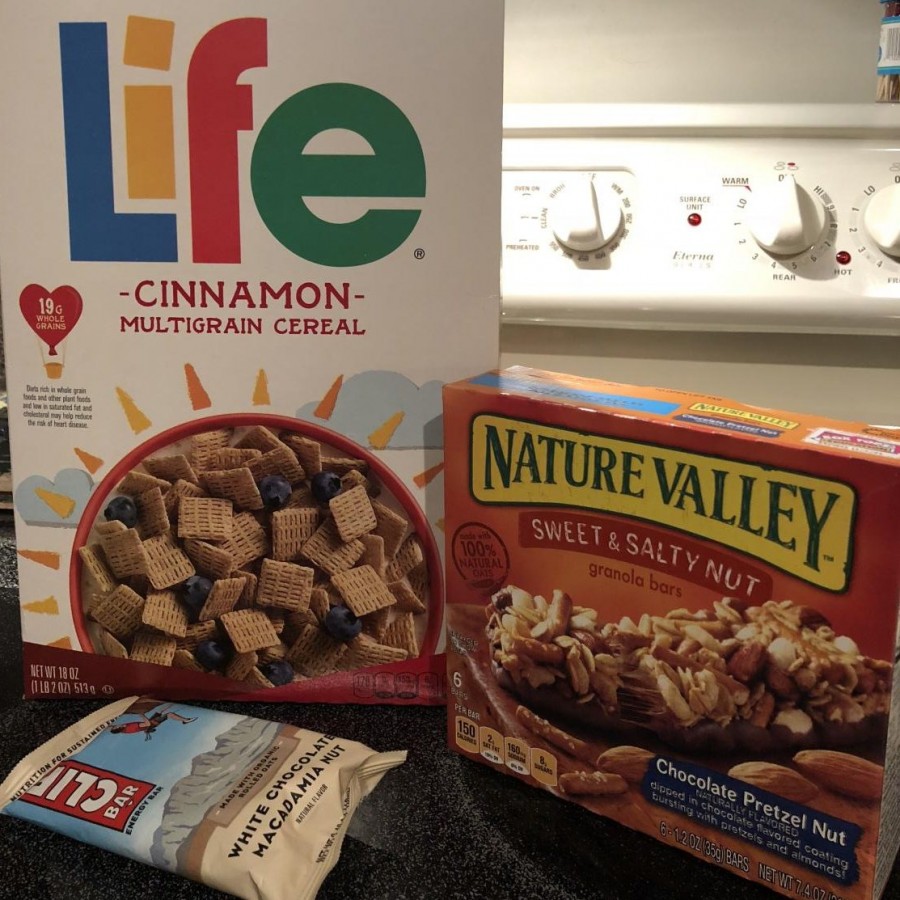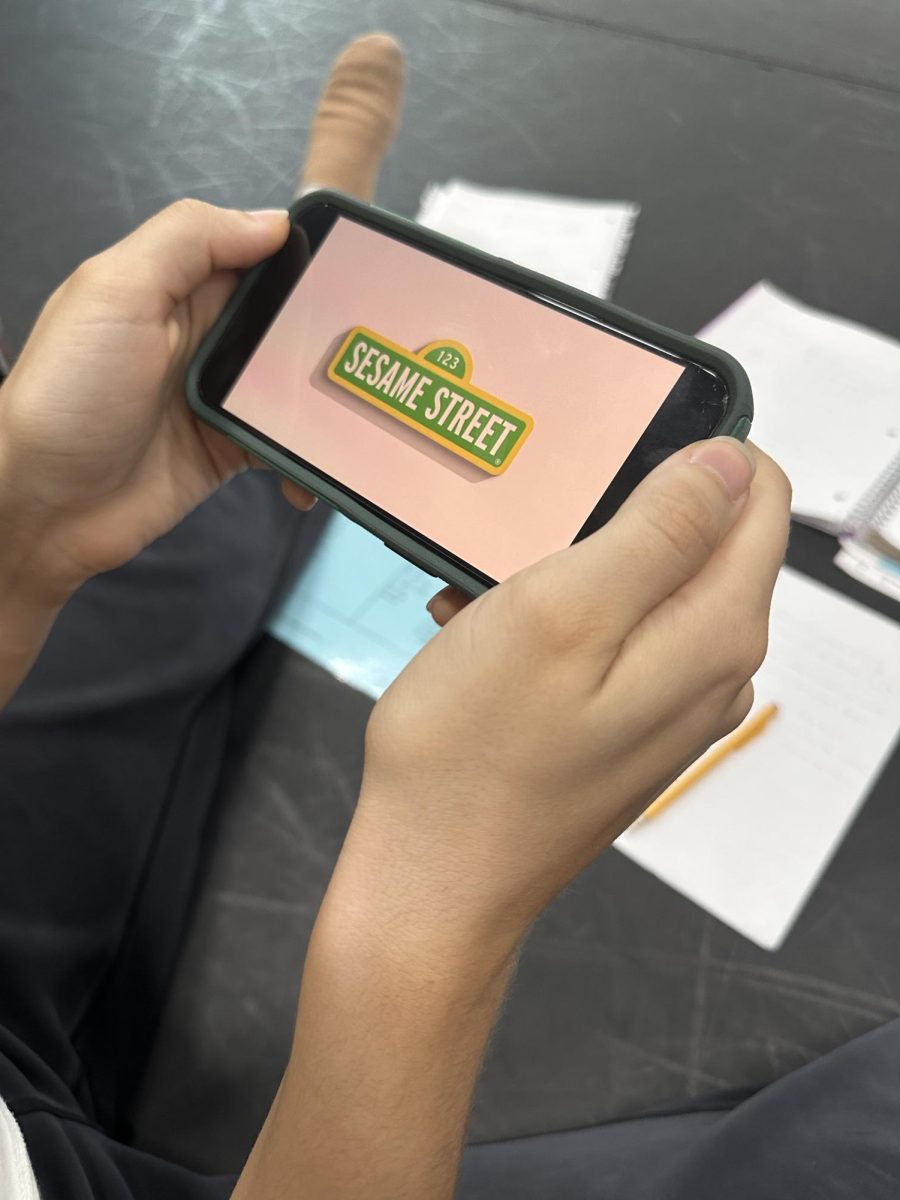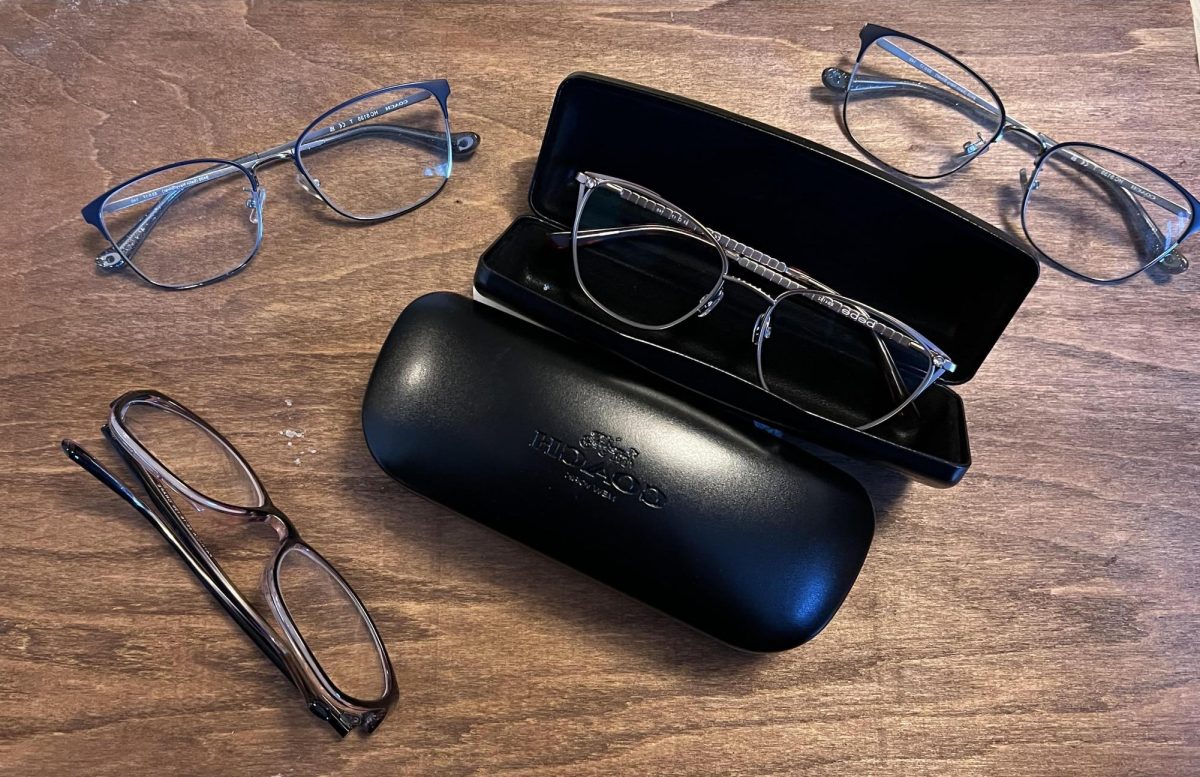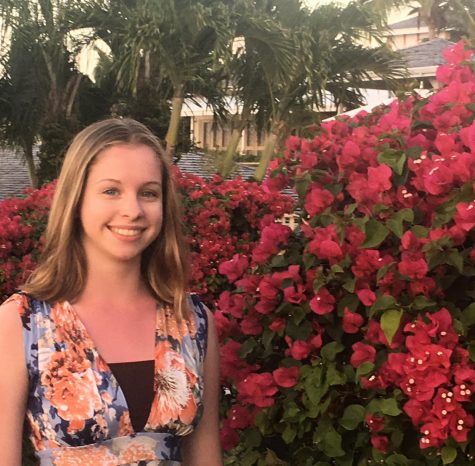Many cereals, granolas and snack bars were recently found to have glyphosate in them. Glyphosate is a herbicide found in the weed killer Roundup and recent studies have shown it to be a cancerous substance.
Roundup is used as a pesticide and that is how the glyphosate gets transferred onto the ingredients. Glyphosate was found in mostly oat based products.
Corn and soybeans are genetically edited to withstand the pesticide but glyphosate is not transferred to foods that have corn and soybeans as ingredients in as drastic quantities as oats and wheat.
Before the harvest, wheat, barley, oats and beans were sprayed with Roundup to kill them on the field and therefore dry them out, making harvesting quicker. This is how the glyphosate gets into the food consumers buy and eat.
California recently had a lawsuit about glyphosate. A man worked as a groundskeeper at a school and had repeated exposure to Roundup and other glyphosate containing substances. The man claims this led to him having cancer. Monsanto, the company that owns Roundup, paid $289 million to the dying man.
Glyphosate has been found in Lucky Charms, Cheerios Toasted Whole Grain Oat Cereal and Quaker Chewy Chocolate Chip granola bar and those are just a few. Everyday items like a granola bar, oatmeal or cereal can contain high levels of glyphosate.
The Environmental Working Group (EWG) said the child safe limit for daily glyphosate exposure is 160 parts per billion (ppb). All of the products mentioned above exceed this level. Hy-Vee, Target and other local grocery stores all have these items for sale.
EWG calculated that if a person consumed 0.01 milligrams of glyphosate each day, that individual would be at a one in one million risk for cancer. To reach this risk, a person would have to eat a single 60 gram serving of any of the previously mentioned items, which has a glyphosate level of 160 ppb.
The U.S. Food and Drug Administration (FDA) has conducted tests on certain corns and grains to see their levels of glyphosate. The testing has been going on for two years and the FDA has released no official documents about their findings. The results should be released later this year or early 2019.
Senior Katie Oros said, “I personally haven’t heard anything about glyphosate until now! It does make me wonder now what companies are actually including it in their products, especially if they’re not approved by the FDA.” Oros eats Kind Bars, Clif Bars and Luna Bars.
In addition to the FDA looking into glyphosate levels, the Environmental Protection Agency (EPA) has looked into the appropriate amounts of glyphosate. The EPA classifies a safe amount of glyphosate in the 0.1 to 310 parts per million (ppm) range.
According to the EPA, in some cases glyphosate has been found to be carcinogenic and in other cases it has not. The EPA claims there are minimal effects on humans.
If glyphosate were on the nutrition labels, it would exceed the amount of vitamins in certain products. In Cheerios, there is more glyphosate than Vitamin D or B12.
“I definitely think that glyphosate should be included on nutrition labels because we as the consumers deserve the right to know what makes up a product,” Oros said.
Oat-based products have been proven to help live a long, healthy life and that is why so many children and adults consume items like cereal and oatmeal. Yet the EPA calculated that one to two year olds are at an increased risk of exposure.
Frosted Flakes, Cocoa Pebbles and Reese’s Puffs lover Mahum Haque said, “If glyphosate levels were put on nutrition labels I would still eat cereal. I’ve been eating this cereal for a long time and if I like the cereal, I’m going to buy it.”









